|
Filmmaker has lost much of his sight to rare condition, but not his capacity to make art Rodney Evans' new documentary Vision Portraits, now playing in theaters, is one of the best-reviewed nonfiction films of the year, with a 100-percent favorable rating on RottenTomatoes.com. The Wall Street Journal's critic Joe Morgenstern calls it "quietly wondrous to behold." In the New York Times, critic Ben Kenigsberg writes the film "has the power... to alter your perception." "It's been pretty positive, which I'm happy with," Evans tells me of the film's critical reception, while conceding he can't help but expect the other shoe to drop. "So far so good. Keep waiting for that one person to knock us down, but it hasn't happened yet." To put a film out into the world is to venture into the unknown, to enter a space of uncertainty with possibly negative consequences. In that respect, it mirrors Evans' experience as a visually impaired person, negotiating an exterior landscape of potential pitfalls. "It's a world that's fraught with danger and you're always sort of accommodating and trying to keep yourself safe," Evans comments, "but not live this cloistered life where you're afraid to engage with the world, because that's just boring and not interesting, frankly. And so you're always navigating these poles of how to keep yourself safe but then also how to engage with the world as fully as you possibly can." The question that drives Vision Portraits is how - and whether - an artist can continue to engage with the world and their artistic practice if they are losing their sight. In Evans' case the question was particularly acute because he has always worked in a visual medium - as a filmmaker, whose credits include Brother to Brother (2004) and The Happy Sad (2013). He's been able to work steadily since he was first diagnosed with retinitis pigmentosa in the late 1990s, but worsening vision raised doubts for him about his future as a filmmaker. "I think I'm just looking for guidance in how to be a blind artist," he says in the documentary. Evans' meditative journey brings him into the sphere of other artists dealing with some degree of visual impairment or near total blindness. Photographer John Dugdale lost most of his sight suddenly in the 1990s after he suffered a stroke as a result of HIV. Yet he has produced remarkable works of photography ever since, and even come to feel he might not wish to regain his vision were it possible. I didn't feel like people could see me because I couldn't see them anymore. Dugdale speaks in the film about maintaining all the storehouse of visual memory necessary to continue his career, and perhaps even more importantly, of discovering that his work was informed by emotional intangibles that go beyond a strict field of vision. "With John in particular he had just such a grace with which he handled his whole experience and a kind of generosity with which he shares his experience," Evans noted as we sat together for lunch at a cafe in Beverly Hills. "He talks about having so many venues in your mind and in your heart in order to draw on your work from. I think he really deeply wanted me to take that away from our conversation - that it wasn't just the ocular that was my main tool of art-making but that there was so much more that was more important and that I could utilize to continue to grow and evolve as an artist." Author Ryan Knighton, another character in the film, was diagnosed with retinitis pigmentosa on his 18th birthday. He has flourished as a writer, especially after he embraced what others might reduce to an unfortunate "disability." "I realized blindness is a point of view on the world," he says in Vision Portraits. "It's not something I should try to avoid... I should make it my writerly point of view." He adds, "The world couldn't hurt me when I was narrating it." Knighton and Evans bonded not only because of common experience but their similar perspective on reality. "He has a very dark but empathic sense of humor, I would say. And I think I do too," Evans tells me between bites of crab and avocado on toast at Mr. C. "He had written a memoir called "Cockeyed" about his experience growing up as this punk rock teenager who was diagnosed with retinitis pigmentosa at 18 and all of his unruly exploits at that age and that made a really impactful impression on me." Evans knew Knighton and Dugdale previously, but he met his other main character, Kayla Hamilton, much more recently. "I just didn't want a make a movie with all dudes. I just felt it was ridiculous," Evans laughs. A colleague of the director's at Swarthmore College suggested Hamilton after Evans said he was "looking for a visually impaired female dancer, preferably of color, to be in this film." Remarkably, Hamilton was within days of performing a dance piece she had choreographed called "Nearly Sighted," which reflected her experience as someone with very limited vision in one eye and no sight in the other. "We met on a Sunday. The piece was opening that Friday and so I asked her if I could film her rehearsals on Wednesday and Thursday and if I could film the opening weekend shows and she said yes," Evans recalls. "My cinematographer and I had full access to four days of shooting with Kayla which was really fantastic... It was a really great circumstance to walk into, like a gift, really." It seemed like the ultimate bravery to just put your body out there as part of the art form. I asked Evans about his interest in exploring the work of a dancer. "I was particularly drawn to dance as a form and having a dancer who was visually impaired because navigating space is their art form, on some level," he replied. "It's like the thing we're most terrified of is front and center in their artistic practice. I think with the rest of us we can hide behind cameras and laptops and sit in safe spaces. She really has to put her body out there in space and navigate stage lighting and objects on the stage and things that can be quite perilous in performance in public, in front of an audience, that could be potentially really embarrassing, frankly." He adds, "For me it seemed like the ultimate bravery to just put your body out there as part of the art form and to be using your body to navigate the space even though that's the thing we all have the most trouble with as visually impaired artists with the canes and with the crowded subway stations and bumping into people and all of that. She's saying 'I'm going to confront all of that in my art by building a dance piece on a stage - sometimes with other people, sometimes not - but I have to figure out how to make it work for myself.' It just seems so daring." Evans says he initially hesitated to put himself on camera in Vision Portraits. But in the finished version his story provides the connective tissue of the film.
"I am happy with my decision to do that [be on camera]. I feel very unburdened by my decision to do that. I feel really freed. A friend of mine saw me during a Q&A and she said, 'I'd never seen you so seem more free.' I think that can be attributed to sharing that experience and not feeling the burden of living in fear and shame of people in the industry finding out that I was visually impaired," Evans tells me. "We aren't as inclusive as we can be as an industry and we underestimate what disabled artists are capable of doing." Evans has dealt with marginalization as a gay, African-American man. Visual impairment constituted yet one more hurdle. "Add another factor into the mix to make me that much more unemployable," he comments ruefully. His identity has made him sensitive to issues of representation on screen. "In terms of representation of disabled characters and disabled artists, both in front of and behind the camera, I just think we're in the early baby steps territory where it's like 25-percent of the population identifies as having a disability but .2-percent of characters in film and media are shown as having a disability," he notes. "What kind of fear causes that huge discrepancy between people's actual lived reality and then what's reflected back to us on screen? And how does that lack of representation just serve to perpetuate a certain kind of fear and shame and baggage that people carry around with them on a daily basis, like 'I'm worthless, I have no value. I should live in fear, I should stay home, I should not attempt to utilize my skills because I don't see anyone, frankly, like me on screen that is having a full exuberant life with a career and a love life and sexuality and all of those things'?" Evans adds, “I just think when you compare it to the LGBTQ representation in film and video we're like in the 80s, we're at like Maurice in Desert Hearts, you know what I mean? You can count them on two hands. There's a long way to go and it just takes people being brave. It takes executives being brave and thinking, being willing to shatter their own internal stereotypes in order to tell new and different kinds of stories." Vision Portraits is one of those stories, and an artistic statement by a director who had feared his capacity to continue making art on screen. |
AuthorMatthew Carey is a documentary filmmaker and journalist. His work has appeared on Deadline.com, CNN, CNN.com, TheWrap.com, NBCNews.com and in Documentary magazine. |
- Home
- News
- Videos
-
Galleries
- 2019 Tribeca Film Festival
- Full Frame Documentary Film Festival
- 2019 SXSW Film Festival
- SXSW 2018 Gallery
- 2019 Sundance Film Festival
- Outfest 2018 Photo Gallery
- Outfest 2017
- Sundance 2018 Photos
- 2017 LA Film Festival
- 2017 Cannes Film Festival
- Tribeca Film Festival 2017
- SXSW 2017 Gallery
- 2017 Berlin Film Festival
- Sundance 2017 Gallery
- 2016 Los Angeles Film Festival
- Cannes Film Festival 2016
- SXSW 2016 Gallery
- Berlinale 2016 Gallery
- Sundance 2016 Gallery
- Filmmaker Gallery
- About
- Contact
Proudly powered by Weebly
- Home
- News
- Videos
-
Galleries
- 2019 Tribeca Film Festival
- Full Frame Documentary Film Festival
- 2019 SXSW Film Festival
- SXSW 2018 Gallery
- 2019 Sundance Film Festival
- Outfest 2018 Photo Gallery
- Outfest 2017
- Sundance 2018 Photos
- 2017 LA Film Festival
- 2017 Cannes Film Festival
- Tribeca Film Festival 2017
- SXSW 2017 Gallery
- 2017 Berlin Film Festival
- Sundance 2017 Gallery
- 2016 Los Angeles Film Festival
- Cannes Film Festival 2016
- SXSW 2016 Gallery
- Berlinale 2016 Gallery
- Sundance 2016 Gallery
- Filmmaker Gallery
- About
- Contact
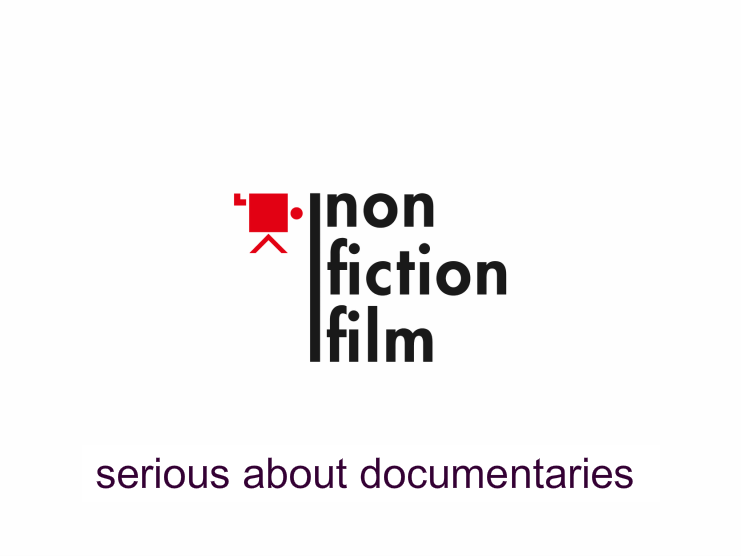
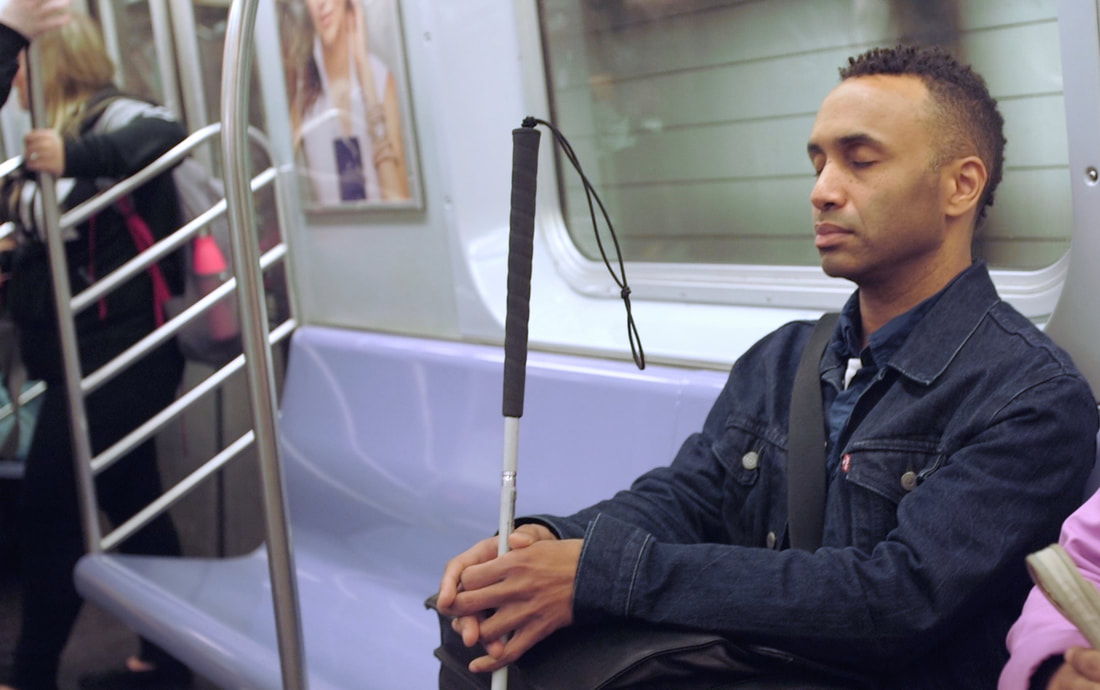
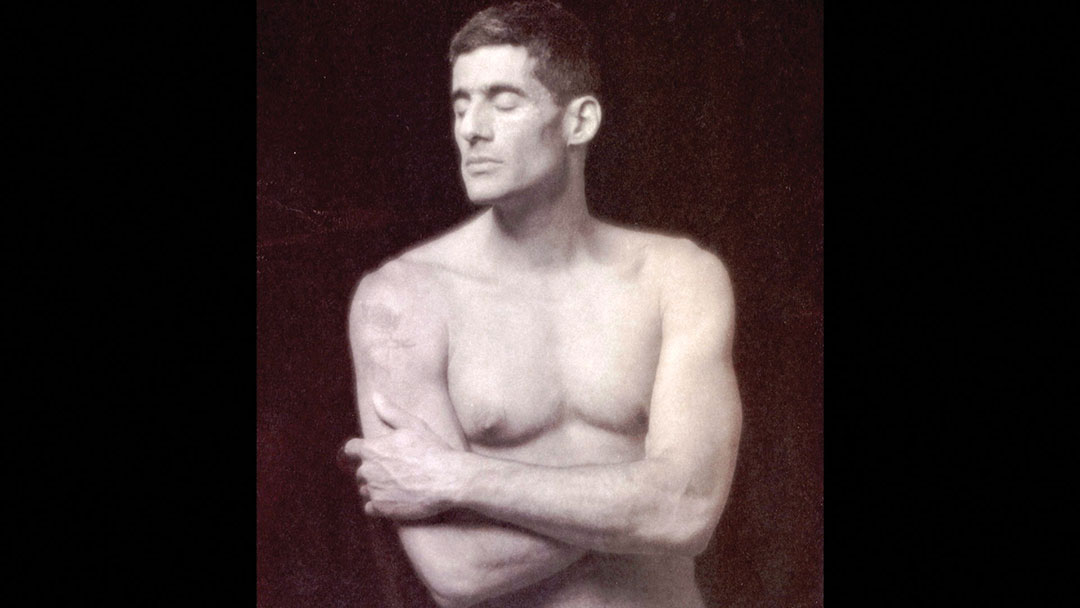
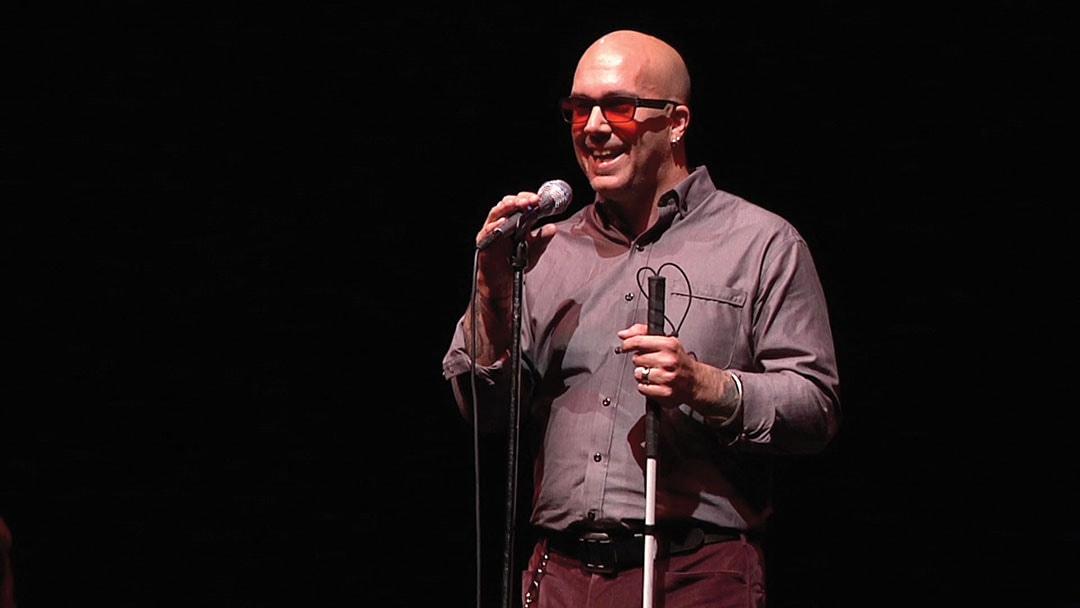
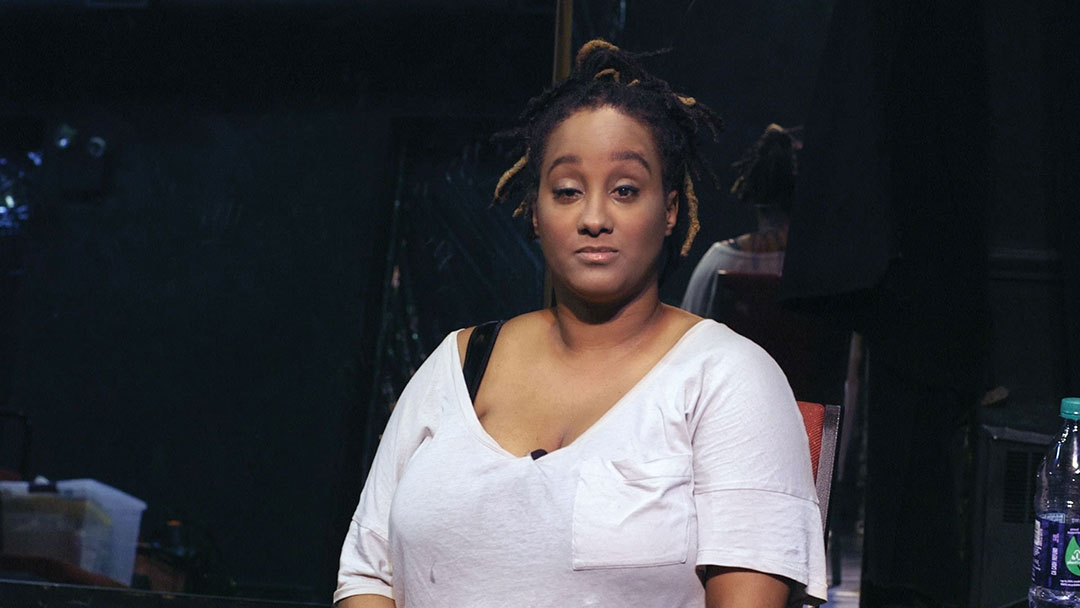
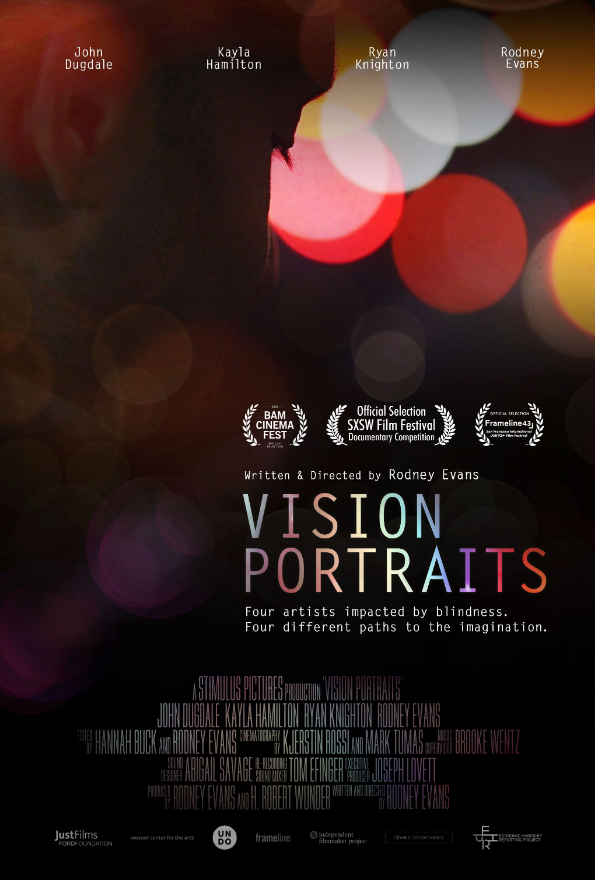
 RSS Feed
RSS Feed